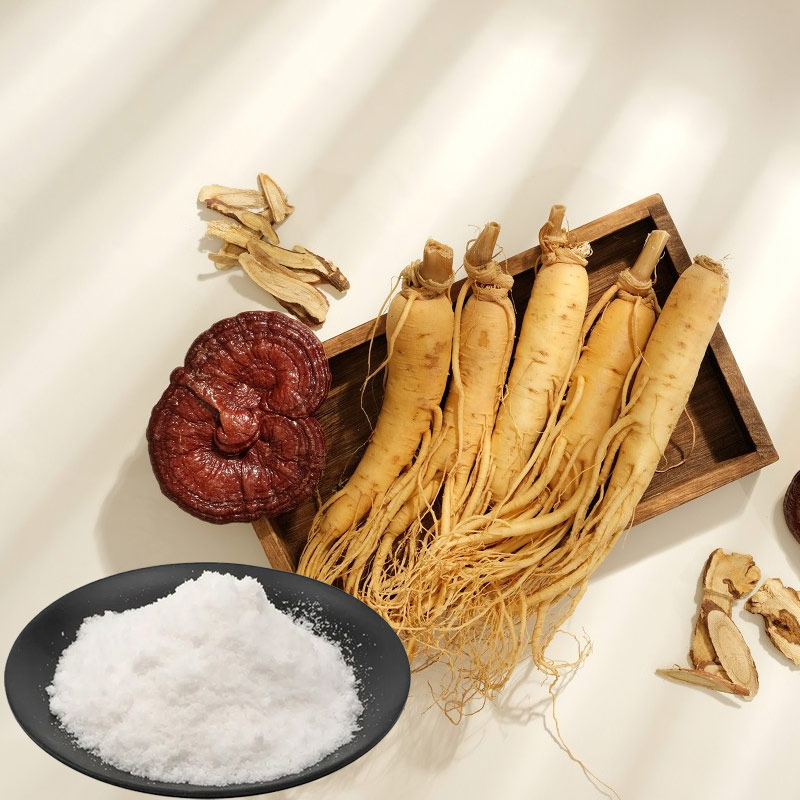BAISFU Food Flavor-Ginseng Flavor
Core aroma components
The key flavor substances of ginseng essence mainly include terpenes (such as β -ginsenene, α -pinene, sesquiterpenes), which endow the woody and rosin notes. Alcohols (such as ginsenol and nerol) bring a hint of sweetness and a delicate plant fragrance; Aldehydes and ketones (such as decal and geranial) enhance the earthy smell and herbal sensation; Volatile acids (such as acetic acid and caproic acid) balance the overall flavor.
Classification and preparation process
1. Natural extraction type: CO₂ supercritical extraction: Retains the active components of ginseng, and the aroma is closer to natural. Ethanol/water extraction: Lower cost, but may contain solvent residues; Distillation method: To obtain volatile essential oils, but some heat-sensitive components are prone to loss.
2. Artificial synthesis: By blending key aroma monomers (such as β -caryophyllene, linalool), it simulates the flavor of ginseng, featuring low cost and high stability.
3. Biotransformation type: Utilizing microbial fermentation or enzymatic hydrolysis technology to transform plant raw materials and obtain more natural aroma precursors.

Challenges and Development
Flavor balance: The earthy and bitter taste of ginseng may affect its palatability, and it needs to be modified with sweeteners or fruity aromas (such as adding jujube or honey flavoring). Functional extension: By integrating active ingredients such as ginsenosides, develop flavor products that combine flavor and health benefits. In conclusion, the research and development of ginseng essence is moving towards naturalization, functionalization, and high stability to meet the dual demands of health consumption and industrial applications.


